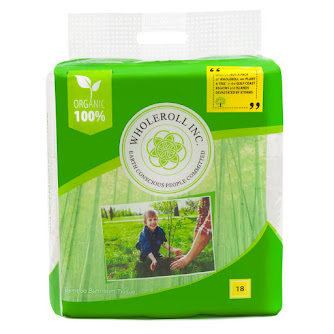The International Food Policy Research Institute reports that the worldwide average calorie intake
will be lower in the year 2050 than it was in the year 2000. This will be
caused by declining food yields as extreme weather continues to take toll on
agriculture especially in South and Central Asia,
and Europe, for example, wheat yields are expected to decline by 46, 35 and 47 percentages
respectively. This will happen even as the world’s population is expected to
rise to 9 billion people by 2050. How will climate change contribute to lower
food yields and availability?
Extreme drought
Warmer weather is leading to chronic drought in several parts of the world especially in Sub-Saharan
Africa. The Horn of Africa countries have experienced repeated drought seasons
in the last 10 years, and this trend seems to be the new normal.
In these countries, the
larger part of the population depends on rain-fed agriculture and pasture. Longer
drought seasons are wiping off whole livestock herds and leading to massive
crop failure.
Declining wildlife
populations
A substantial number of
the world’s population depends on wildlife as a source of protein. This
includes both land animals and fish. Expanding populations have seen the
natural habitats of land animals shrink significantly which has led to
declining animal populations as their feeding ranges shrink. Warmer sea
temperatures are making the sea less habitable and leading to fish migrations.
Resource conflicts
Water is becoming a more
prized natural resource leading to conflicts between communities and even countries as they seek to secure and control
water access. These conflicts have
been seen in countries like Sudan and Nigeria. Displaced populations cannot
engage in productive agriculture and have to rely on aid.
Natural disasters
Even in places where
farmers practice irrigation and mechanized agriculture, extreme weather
disasters are taking a toll on agriculture yields. Good examples are the storms
seen in the Southern United states like Hurricane Irma which leave a trail of
destroyed farm crop and livestock.
Over-reliance on
vulnerable species
Wheat and rice are the
two top agricultural crops in the world.
There is not much effort to increase the production of weather resistant
crops such as cassava, even as reports such as above show that wheat and rice
will decline because of extreme weather. This leaves a large number of people
vulnerable when these two crops fail.
Skewed markets
Lower agricultural production
has the effect of disrupting markets. The available stocks are taken up by
those who can afford it while leaving those most vulnerable at the risk of
starvation.
We are responsible for humanity and if we are going to eradicate the world hunger crisis, we must not neglect climate conditions and global warming. The next generation is depending on us.




















